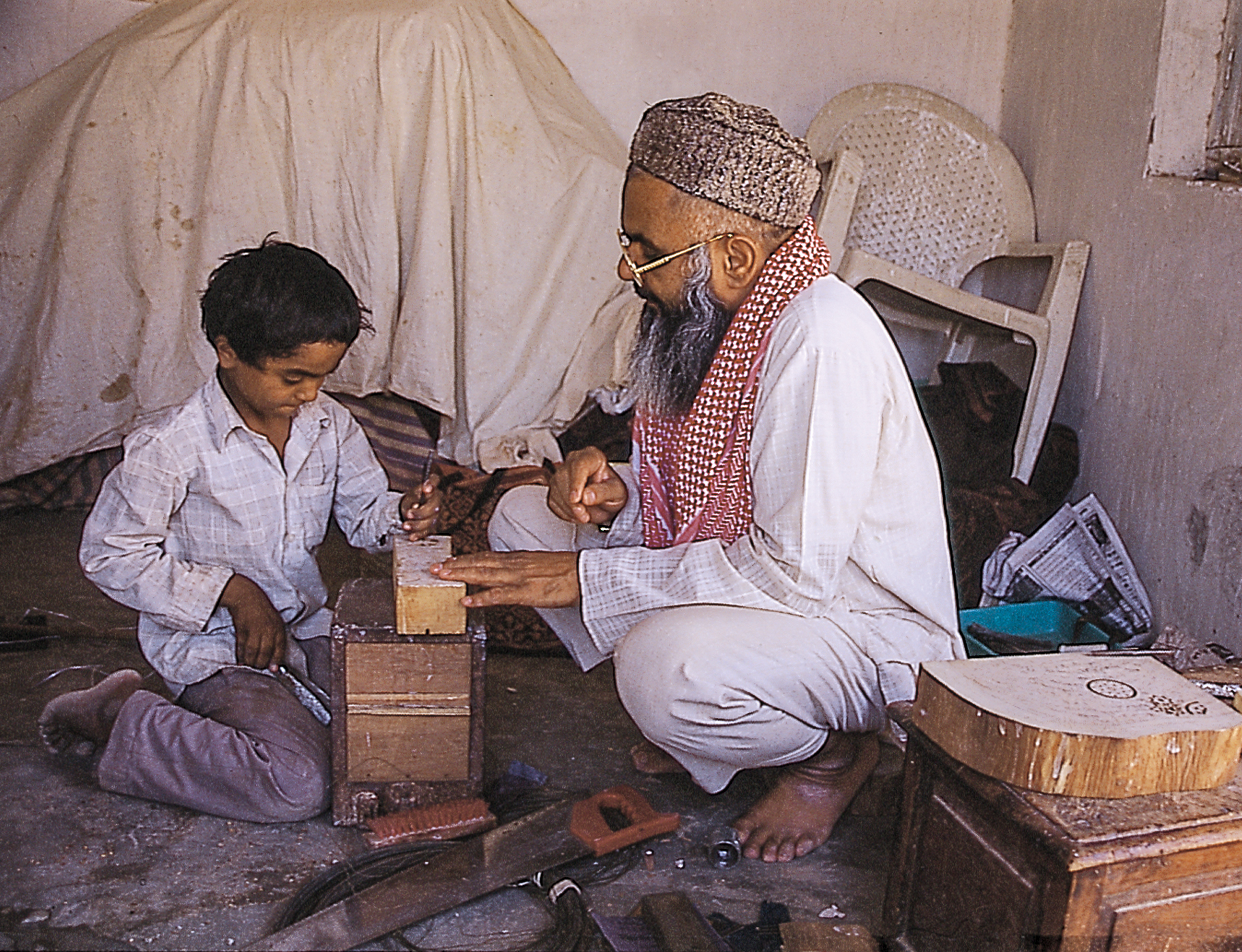Skill vs Craft Tradition
 June 24 2023
June 24 2023
A variety of crafts through the world and over time complicate discussion. Craft surely involves a patron, but relationships vary widely. My work focuses on textile artisans in Kutch, and I distinguish between craft as skilled labor and craft traditions, which are created by hereditary artisans. “Craft tradition” refers to a comprehensive understanding of craft as cultural heritage, in which, as Pollock said, skill is “a means of arriving as a statement.”
Pre-industrialization, Kutch textiles were created as critical expressions of cultural identity in a local ecosystem. Weavers, dyers and their clients had interdependent, hereditary relationships. Artisans and clients knew each other intimately. Rabari clients spun their own wool, weavers wove fabrics, if dye was needed, dyers dyed it, and Rabaris finished the textiles to wear them. Looms were built by weavers in collaboration with local carpenters. Khatri dyers acquired fabric from local weavers, made their own blocks, printed and dyed textiles and traded them with Maldhari clients. Artisans knew culturally allowable variations in styles and tastes of individuals, and clients appreciated the subtle individual signatures of artisans. Personal recognition was intrinsic to value; textiles were created not simply to earn, but to exchange.
Industrialization and commodification changed the character of craft, the identity of the artisan and relationships with patrons. Post-industrialization, artisans had to reach distant markets; weaving, printing, bandhani and embroidery that had been culturally valued had to be re-valued as commodities. Urban clients could rarely “read” cultural elements of craft. For artisans, the incentive of shared understanding and value was superseded by calculations of materials, time and skill. Women artisans assessed that there was no difference between construction work and commercial embroidery. They used the same term for both jobs: majuri kam.
Ironically, today in the West “craft” is used in describing food and drink to signal individual qualities beyond skill, as a means to connoisseurship. Can a broader interpretation benefit artisans in India?



